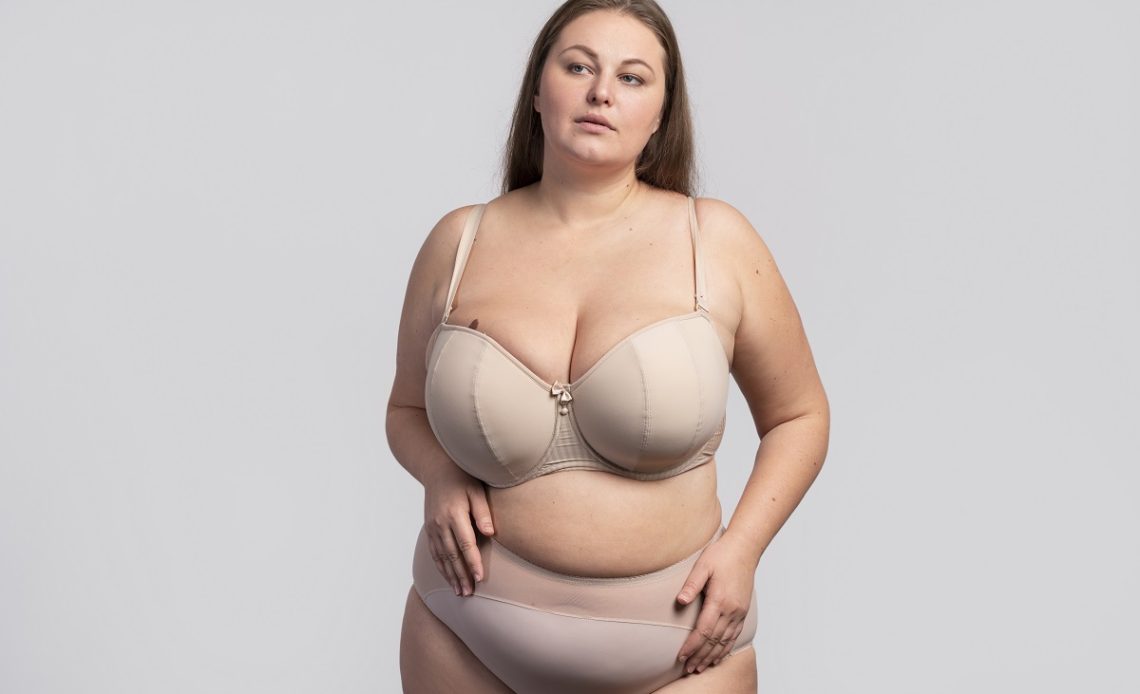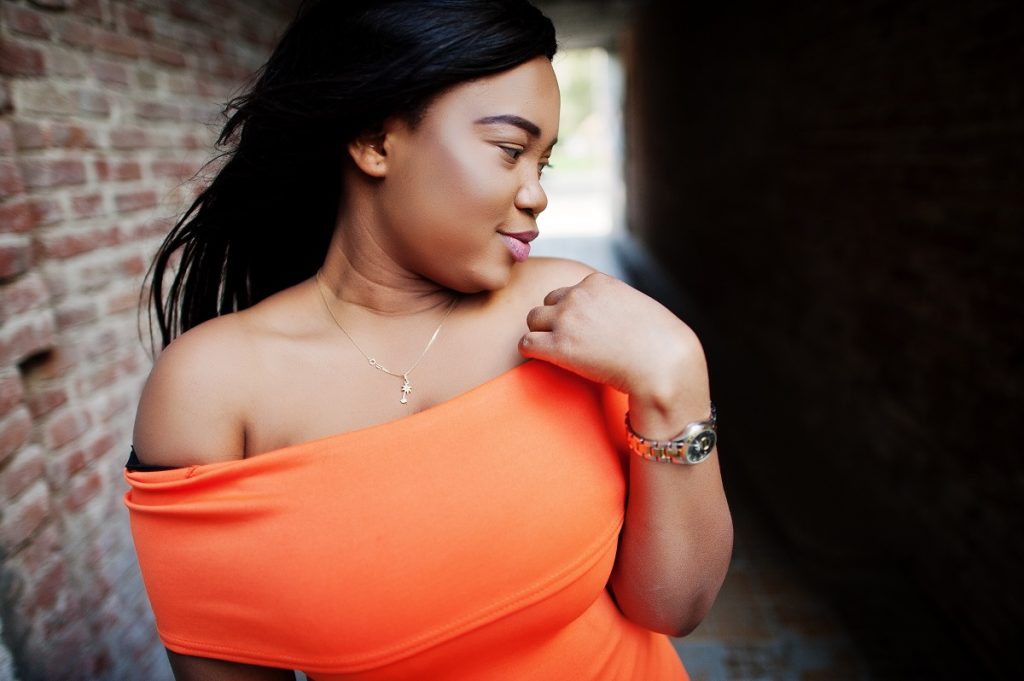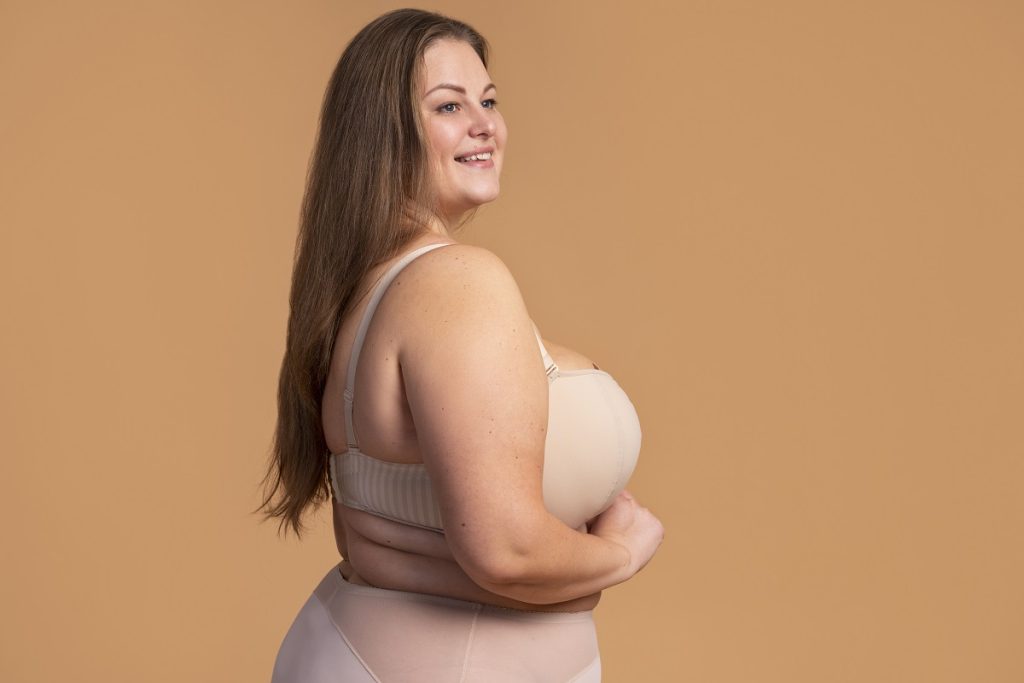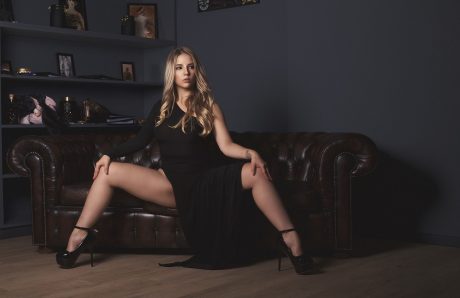
From time immemorial, certain parts of the body have captivated attention, with the bosom occupying a place of choice for a majority of people, men and women alike. At the same time, feminism is gaining ground, an ideology that aims to deconstruct norms and liberate the female body from objectification.
Faced with this situation, a sometimes taboo question emerges: is it possible to be sincerely feminist while still experiencing an attraction to large breasts? This article explores this question, demystifying preconceived ideas and showing how desire and feminism can coexist, far from hasty judgments.
Feminism and the question of the female body
It’s essential to remember that all women have the right to bodily autonomy, freely deciding on their own bodies without objectification. Moreover, feminism challenges the beauty standards imposed by patriarchal society, which reduce women to images or objects of desire. This ideology opposes the reduction of women to their physical attributes, depriving them of their humanity and individuality.
The example of breasts in history
Breasts have long been sexualized and commercialized, a trend reinforced by the development of pornographic magazines and films. These media promote the pin-up image, where breast size takes on a significant sexual dimension. The result is pressure on women to conform to certain sizes or shapes, which can have negative consequences for their mental and physical health.

The feminist vision of sexual desires
Feminism does not aim to eradicate desire, but to promote reciprocal, respectful desire that preserves humanity. It’s about fosteringsexual relationships based on mutual consent, respect and equality, rather than domination and alienation. In other words, feminism aspires to a space where everyone’s desire, male and female, can flourish freely and without coercion. The feminist vision of sexual desire thus aims to make it more authentic and fulfilling for everyone.
Attraction to large breasts
One of the hypotheses explaining theattraction to breasts is the biological/evolutionary factor, with a potential link to fertility and motherhood. Cultural and media factors also play a major role. Big breasts are increasingly featured in pornography, advertising, films, etc., testifying to their ubiquity. Yet, before being a category of pornographic content, breasts are a physical trait inscribed in our genetic code.
Desire is a complex, subjective concept that varies considerably from person to person. There is no such thing as “typical desire”, and everyone’s preferences are unique, influenced by individual, cultural and social factors.
It’s essential to differentiate between visual or affective attraction and the limiting fetish that focuses solely on the object.Aesthetic attraction focuses on beauty and physical desire, while reductive fetishism focuses solely on an object for sexual arousal, often neglecting attraction to the person themselves.
The notion of desire as “guilty pleasure
It’s not uncommon for feminists to feel guilty about liking big breasts. Indeed, in terms of feminist ideologies, liking big breasts could be akin to objectifying the female body.
What’s more, desire isn’t always perceived as rational or “politically correct”. It’s a complex force, both irrational and rational, that can drive us to act impulsively, seek pleasure and aspire to things that may or may not be beneficial to us.
Possible coexistence: deconstructing prejudice
It’s crucial to distinguish between appreciation of the body or one of its parts and its objectification. Appreciation means recognizing the beauty of a shape or feature without reducing it to that. Objectification, on the other hand, reduces a person to a part of his or her body, denying him or her as a human being. To admire a work of art, for example, is not to reduce it to a mere object.
Consent and respect as cornerstones
Desire is only feminist if it is based on mutual consent and respect for the other as an individual. This means that desire must not be expressed or satisfied at the expense of the other person’s autonomy and well-being. Consent must be freely given, without being the result of coercion, manipulation or pressure. For example, a feminist may like big breasts if this attraction does not lead to pressure on the woman, reification or invalidation of her individuality.
Feminism encourages women to explore and assume their own sexual desires, whether or not they correspond to social expectations. They have the right to define their own desires and to live them freely, whether or not these desires conform to traditional social norms. So all women, including those with large breasts, have the right to love them, to show them or not to, according to their own will.

The anti-puritanism of radical feminism
Some branches of feminism denounce a form of puritanism that seeks to regulate even feminist desires. Feminism can be seen as a movement to liberate social behavior. It challenges social and cultural norms that limit women, and promotes greater individual and collective freedom. It’s important to note that there are different approaches to feminism, some more focused on legal and political issues, others more radical, and still others closer to questions of sexuality and gender.
In conclusion, yes, it’s possible to be a feminist and love big boobs. However, this attraction must be based on respect, consent and the recognition of women as individuals in their own right. Desire is complex, feminism is diverse. That’s why the most important thing is the awareness and ethics behind the attraction. It’s crucial to move beyond hasty judgments andembrace a more nuanced vision of sexuality and feminism. Ultimately, the real question is not what we desire, but how do we desire it?







